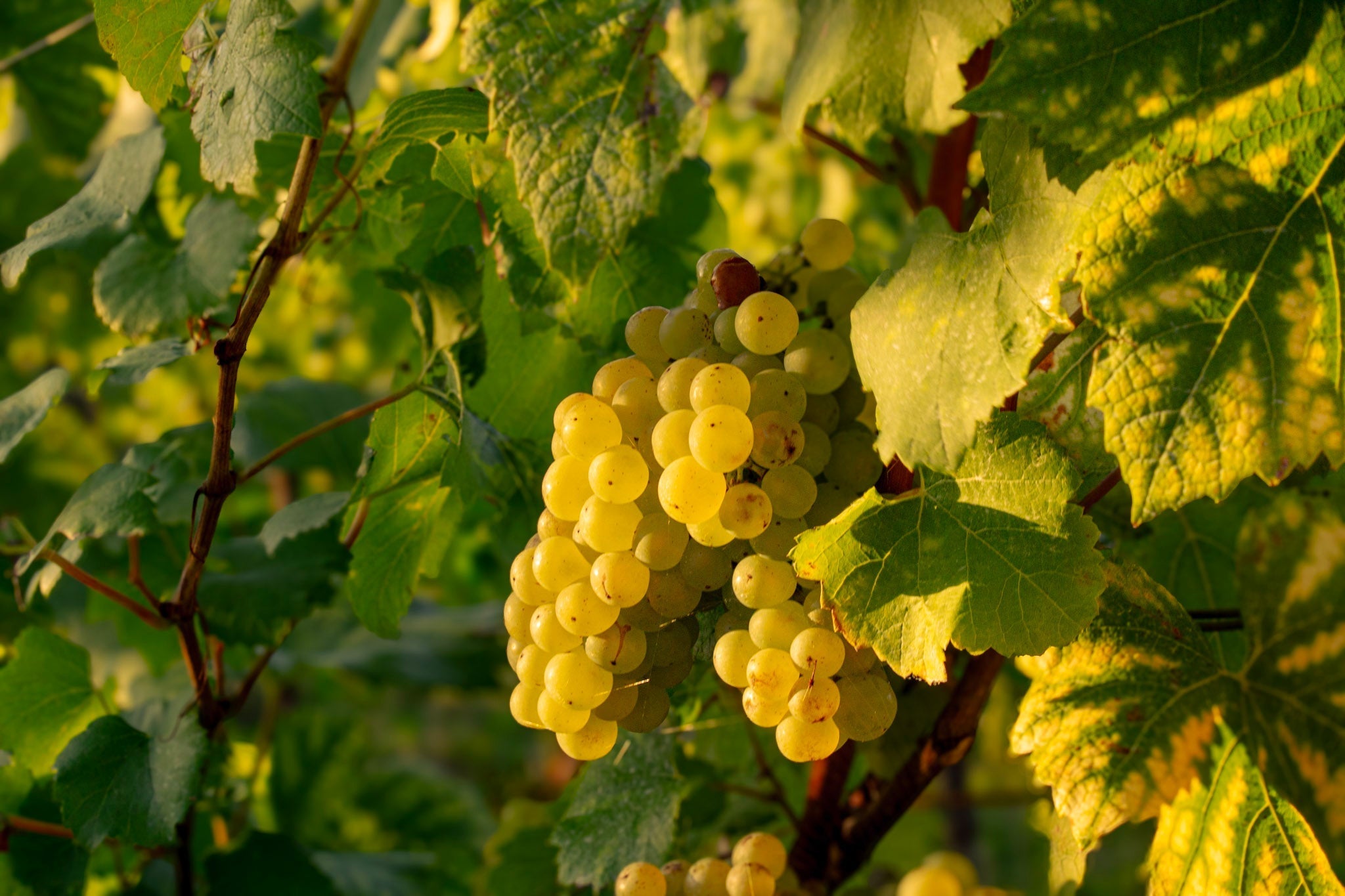Harvest is undoubtedly the most anticipated time of year in both the viticultural and winemaking calendar. In the vineyard, it’s the culmination of a year’s work and in the winery, the beginning of a new cycle. Though the period requires hard work and dedication: nature doesn’t wait, and neither can we- which means our teams have to be adaptive and responsive to whatever happens. As such, each day during harvest is different
6.30am:
As the sun begins to rise over the Hampshire hills, the vineyard and picking teams begin their day. All our grapes are handpicked, a testament to the craftmanship behind every bottle, and while our teams are very talented and indeed, work very quickly, getting each press load to the winery is no mean feat. With two presses- one four-tonne, one eight-tonne- each load must be weighed and matched precisely to ensure optimal efficiency.
8am:
The winery team arrive at 8am (at the latest) and begin the day with the all-important coffee, before getting on with the tasks at hand. First? Analysis. Density (fermentation progress) and turbidity (clarity) need to be measured before decisions can be made and a solid plan for the day devised. The clarity of yesterday’s juice will indicate how well any solids settled overnight, and whether they are ready to be racked into their fermentation tank. Decisions are made, plans are drawn, and the day begins in earnest.
10-11am:
The first delivery of grapes rolls in. Crates stacked high, each weighing 25kg, are unloaded at the reception area and the tractors return to the vineyard, to begin picking up the next load. Once unloaded, our reception team begins to bring the grapes to the presses using our lift, which requires excellent communication and by the end of the period, works like a well-oiled machine. Each pallet is weighed upon reception and placed in our top-floor press room to await pressing.
11am:
The press is loaded. Time is of the essence here as the longer the grapes sit and await pressing, the more free-run juice is lost and the more contact the skins and seeds have with the juice. This is something we want to avoid as it adds tannins and bitterness that are not a positive characteristic of a high quality sparkling wine. Our press team astonishingly manages to load these in 10-12 minutes: It’s a feat of coordination and strength, and it never fails to impress.
11.30am:
The press is loaded and the cycle begins. Our Head Winemaker, Felix and our assistant winemaker, Jack will be at the press throughout the cycle, tasting the juice to guide the fractioning process—separating the taille, the cuvée, and the rebêche. At the same time, the juice is analysed to determine whether any bentonite needs to be added to help to clarify the wine. Each press cycle takes around four hours, during which the fractions of juice are diverted by gravity to our settling tanks downstairs.
1pm: The most important time of day: lunch.
2pm:
With racking finished, it’s time to clean tanks. The most important part of winemaking is cleaning- a sterile environment ensures purity and quality.. The team can also begin to prepare yeast for inoculation now- this year, we’re experimenting with different types of yeast and different fermentation vessels: such as clay eggs, glass and stainless steel barrels.
4pm:
More grapes arrive and another press is loaded. The vineyard team get ready to pack up and enjoy a well-deserved rest before another early start the following day.
5pm-finish:
Yeast is monitored, tanks and barrels are inoculated and the juice is tasted at the press. The winery is cleaned, pipes are rinsed, tanks are checked and the winemakers finish their day- ready to do it all again tomorrow.
Harvest is more than just 'picking grapes', it’s a story of people, precision, and passion. And year-on-year, the story grows as we gather more knowledge and experience as each vintage unfolds.




